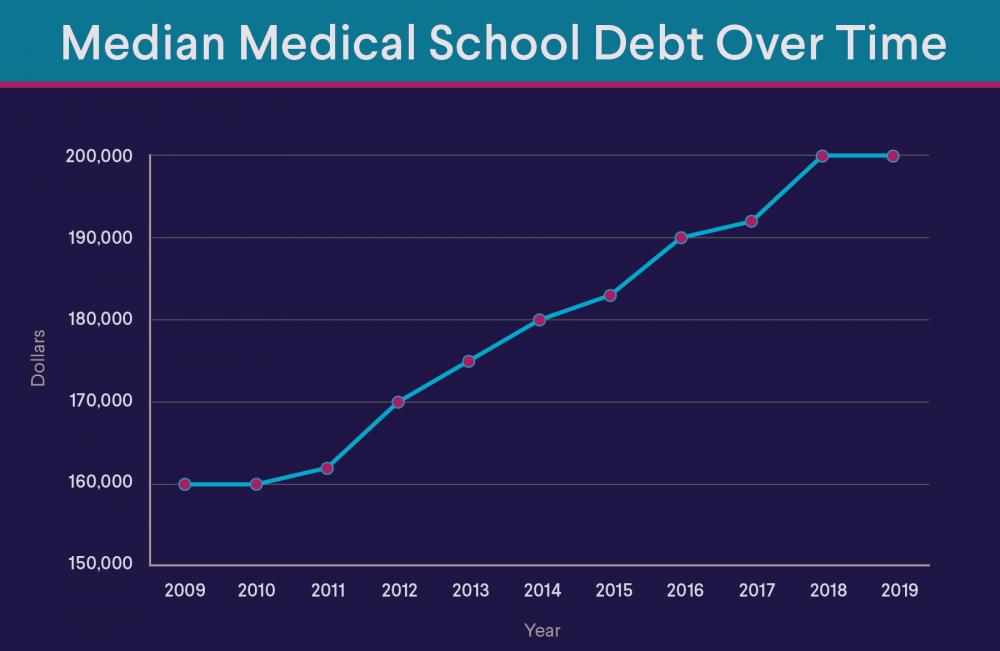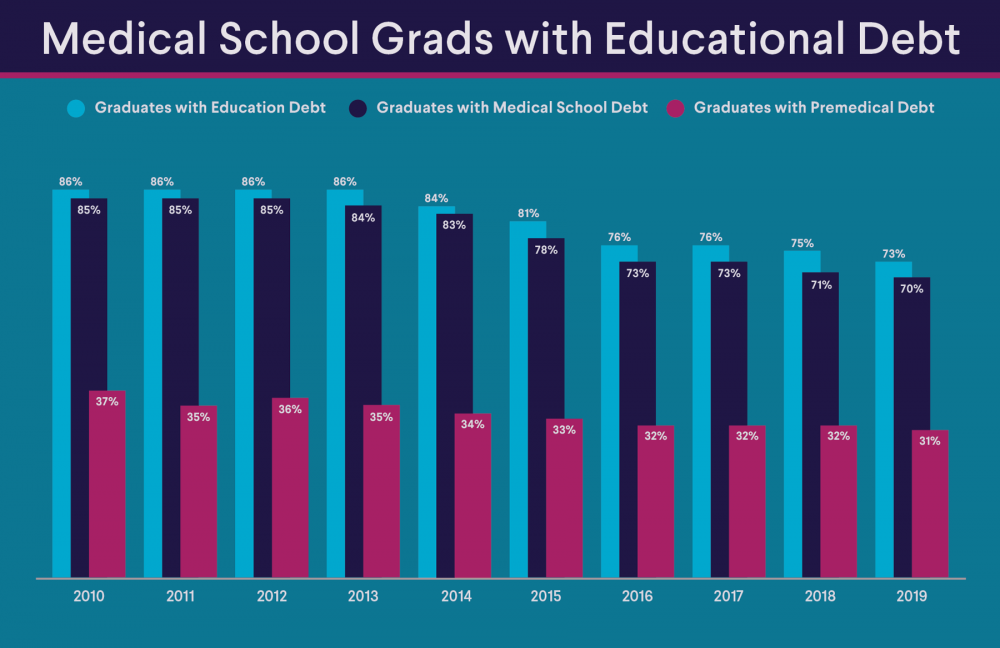Credit Card Payment Due Date: When Are Credit Card Payments Due?
Swiping and tapping a credit card can certainly make life easier, from buying a cup of coffee on the go to ordering (after much research) a new couch online. But knowing the right time to pay your bill can require a bit of time and thought. Sometimes, the due date is not so clear. And you may wonder whether to pay on that date or before.
With this guide, you’ll learn how to find your due date plus the ins and outs of paying your bill. You’ll also get some smart insights and tips on managing your credit card responsibly.
When to Make a Credit Card Payment
There are many different kinds of credit cards available. Once you have one or more in your wallet, you can enjoy the ease of paying with plastic and possibly earning some credit card rewards.
But how do you find your credit card due date? Unlike other sorts of bills, credit cards aren’t always due on a regular date like the first of the month. The exact due date will vary depending on your credit card billing cycle, and may fall on a seemingly random date.
To find your credit card due date (because paying on-time is part of using a credit card wisely), you can check your billing statement. The due date, along with the minimum payment due, will likely appear close to the top of your written statement.
You can also find due date and payment information in your online account, if you’ve created one; these digital portals also often make it simple to make online payments.
If you don’t have access to either a paper or digital billing statement, you can call the customer service number on the back of your card and ask a representative when your payment is due. Most cards also allow you to make payments over the phone, either through an automated system or with a live customer service agent.
How to Pay Your Credit Card on Time — and Why it’s Important
To pay your card on time, you’ll pay at least the minimum amount listed by the credit card payment due date. Generally, the cutoff time is 5pm on the day the payment is due, but you may want to reach out to the issuer directly to get exact details.
That said, it may be a better idea to avoid cutting it so close, if you can help it. You can make your credit card payments before the due date typically, both online and by phone. Doing so can help ensure the payment has time to post to your account before the cutoff.
Paying your credit card on time will help you avoid paying late fees, for one thing — which, when added to interest payments, can make your credit card debt spiral.
But on-time payments can also help build your credit history since they’re reported to the major credit bureaus, and your payment history (including timeliness) accounts for around 35% of your FICO® score.
The Grace Period
It’s helpful to understand that practically all credit cards offer a grace period: the time between your statement closing date and the due date in which the purchases you’ve made during that billing cycle do not accrue interest. (Not accruing interest can be a very good thing; the current average interest rate on new credit card offers hit 20.51% as of the middle of 2023.)
By law, if offered the grace period must be at least 21 days. This means you get a three-week window to pay your card off in full without being responsible for any finance charges. (This may not be true in the case of balance transfers or cash advances, and interest may accrue immediately.)
But it’s possible to use a credit card on a regular basis without paying interest. All you have to do is pay it off on time and in full each and every month.
Recommended: Guide to Lowering Your Credit Card Interest Rate
Paying Your Credit Cards on Time
Even if you only have one or two credit cards, chances are you have a lot on your plate in any given month.
Between making rent, shelling out your car payment, and actually keeping the job that lets you pay for all this stuff, keeping tabs on your credit card due dates may feel like just another task in a long list of chores. (It’s true: Adulting is hard.)
What Happens If I Pay Late?
Life happens, and sometimes many people pay their credit card late, whether due to an oversight or lack of funds. Typically, when you miss a payment deadline on your credit card bill, here’s what can happen:
• You may be assessed a late payment fee. These usually range from about $15 to $35 per instance.
• Your credit card issuer could raise your interest rate to what is known as a penalty rate. In most cases, the issuer must give you 45 days notice. The penalty rate is something you are likely to want to avoid, as it can be around 27% to 30%.
• Your late payment can be reported to the big three credit reporting bureaus and show up on your credit history. A pattern of late payments could translate into your having to pay more to borrow in the future or even being denied credit.
Can I Change My Credit Card Bill’s Due Date?
Some credit card issuers will allow you to change your statement due date. Check with your issuer to see if they offer this; be aware that there may be a cap on how many times a year you can do so.
Changing your credit card bill’s due date can be a helpful move. You might be able to shift it to better sync up with your payday or at least move the date so it’s not, say, right at the same time as when rent is due.
Recommended: Does Applying For a Credit Card Hurt Your Credit Score?
Benefits of Paying Your Credit Card Early
Here’s another angle on paying your credit card: Instead of thinking about the damage that can be done by paying it late, look at the benefits of paying your bill early. The pros include:
• Paying your credit card bill early may help establish and secure your credit score.
• It helps free up your line of credit. It’s wise to keep your card’s balance at 30% of your limit at the very most. It’s a financially healthy move to make, and it could free up your available line of credit for an upcoming large purchase.
• Paying your bill early lowers the amount of interest you will accrue. That means you owe less.
• The sooner you pay off bills, the sooner you get out of debt, which is a desirable thing for most people.
• By paying a bill early, you know it’s taken care of and you don’t have to worry about forgetting to send funds to your card issuer.
Tips for Managing Your Credit Card Bill
If you’re new to having a credit card or find yourself facing challenges managing your credit card usage, consider these helpful strategies:
• Prioritize paying your bill when (or before) it’s due. That will be a positive step in your use of credit and minimize the interest and charges that can accrue.
• Review your credit card bill every month. Not only will this help you get a handle on your spending, you can identify any incorrect charges or ones that might indicate fraudulent activity.
• Try to pay more than just the minimum every month. Also educate yourself about what that minimum is. It’s not a helpful recommendation; it’s the lowest possible limit you can pay on the bill.
• Work to keep your credit utilization ratio low; no more than 30% at most can be a good guideline.
• If you are feeling as if your credit card debt is too high and/or you feel you need help eliminating it, it may be a smart financial move to take out a personal loan to pay off a credit card fully. Depending upon the term length you choose, you may end up saving money if the interest rate you’re offered is lower than the one offered by the credit card.
Or you could consult with a no- or low-cost credit counselor on solutions to your situation.
The Takeaway
Credit cards have many benefits, but it can be important to stay on top of your payments so your debt doesn’t accrue and your credit score is maintained. Understanding when your credit card payment is due, by looking at your statement or contacting your card issuer, is a smart move. It can also be wise to request your due date be moved, if possible, to better sync up with your cash-flow needs.
Looking for a new credit card? Consider a rewards card that can make your money work for you. With the SoFi Credit Card, you earn cash-back rewards on all eligible purchases. You can then use those rewards for travel or to invest, save, or pay down eligible SoFi debt.
Members earn 2 rewards points for every dollar spent on purchases. No rewards points will be earned with respect to reversed transactions, returned purchases, or other similar transactions. When you elect to redeem rewards points toward active SoFi accounts, including but not limited to, your SoFi Checking or Savings account, SoFi Money® account, SoFi Active Invest account, SoFi Credit Card account, or SoFi Personal, Private Student, Student Loan Refinance, or toward SoFi Travel purchases, your rewards points will redeem at a rate of 1 cent per every point. For more details, please visit the Rewards page. Brokerage and Active investing products offered through SoFi Securities LLC, Member FINRA/SIPC. SoFi Securities LLC is an affiliate of SoFi Bank, N.A.
Disclaimer: Many factors affect your credit scores and the interest rates you may receive. SoFi is not a Credit Repair Organization as defined under federal or state law, including the Credit Repair Organizations Act. SoFi does not provide “credit repair” services or advice or assistance regarding “rebuilding” or “improving” your credit record, credit history, or credit rating. For details, see the FTC’s website .
Financial Tips & Strategies: The tips provided on this website are of a general nature and do not take into account your specific objectives, financial situation, and needs. You should always consider their appropriateness given your own circumstances.
SOCC0922004








